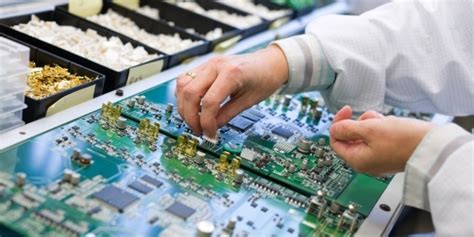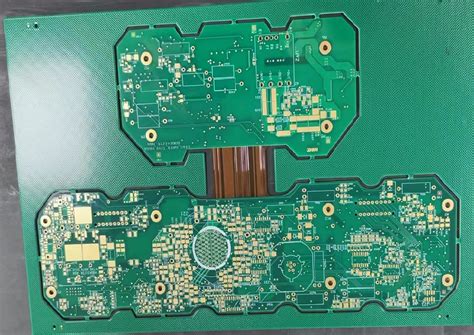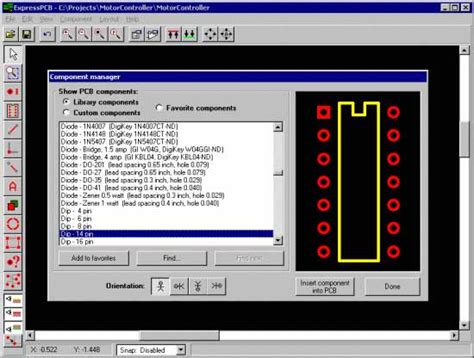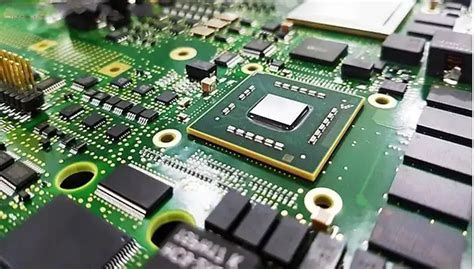Discussion on the relationship between power filter performance and size
In today’s era of rampant electronic equipment, power filters are key to ensuring power quality, and they are present in the power supply systems of various electrical and electronic equipment. What does it mainly do? It is to filter out the noise in the power supply and suppress the electromagnetic interference so that the subsequent circuits can work normally. As technology continues to move forward, the performance requirements for power filters are getting higher and higher, which leads to the complex relationship between power filter performance and size. In this article, we will think about this relationship and help the research and development and selection process.
The basic function of the power filter is to eliminate or suppress the high-frequency noise in the power system.
These noises come from many sources, such as switching power supplies, wireless devices, or external interference sources. A good D431000AWG-85 filter can greatly reduce the impact of high-frequency noise, making the circuit stable and reliable. Power filters generally rely on inductors, capacitors and resistors to achieve filtering functions.
Let’s talk about the relationship between the size and performance of the power filter. There are several important aspects:
First, let’s talk about the capacitance and filtering effect. The capacity of the power filter (generally the capacitance of the capacitor) is directly related to its frequency response characteristics. A larger capacitor can filter out low-frequency noise more effectively, making the filtering effect better, while a smaller capacitor is more suitable for dealing with high-frequency noise. However, the larger the capacitance, the larger and heavier the device, which is a problem for those who want to make the product smaller.

Let’s look at the impact of inductance.
The size of the inductor is proportional to its inductance value. A larger inductor generally has a higher inductance value and is more effective in suppressing low-frequency noise. However, a larger inductor may increase the DC resistance and reduce the efficiency. Therefore, when designing, you have to think carefully about the relationship between the inductance value and the size.
There is also the issue of heat sink and heat dissipation
. The power filter will generate heat when working, especially under high load. The size of the filter is closely related to its heat dissipation capacity. A larger filter can be equipped with a more effective heat dissipation structure to prevent the device from overheating and ensure that the equipment can operate safely and reliably.
Finally, there is structural strength and noise suppression.
The structural size of the power filter will also affect the mechanical stability of the device. A larger filter structure can generally withstand higher mechanical stress and reduce performance degradation caused by vibration or impact. Moreover, the appropriate size design can effectively reduce the range of electromagnetic interference and improve the noise suppression capability.
In actual use, design engineers must carefully select the size of the filter according to the specific application scenario.
For example, in consumer electronics products, space is limited, and designers may prefer to choose a smaller filter, but this may require some concessions in filtering performance. In industrial equipment, a larger filter is generally selected to ensure better performance and reliability.
In terms of consumer electronics, as electronic devices become smaller and smaller, consumers have higher requirements for the appearance and portability of the product. At this time, the size of the filter must be appropriately reduced. However, while reducing the size, the safety and reliability of the product cannot be forgotten. This requires engineers to use their brains to come up with innovative designs, such as using multilayer ceramic capacitors, so that performance can be maintained while being smaller.
In the field of industrial equipment, in industrial environments, equipment often faces more difficult working conditions, such as high temperature, high humidity, and electromagnetic interference. Therefore, designers prefer to use larger filters to deal with the needs of high current and high voltage. In this case, the heat dissipation performance, durability, and noise suppression capabilities of the filter become the focus of the design.
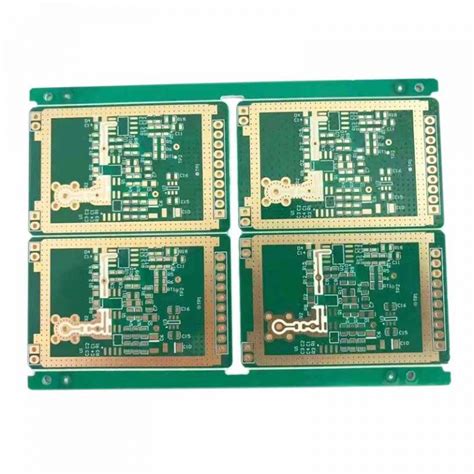
With the development of new materials, there is hope for power filter to become smaller.
For example, inductors and capacitors made of carbon nanomaterials are small in size and have strong performance. These new materials can not only improve the frequency response of the filter, but also increase the power density and efficiency while becoming smaller. This brings new opportunities for electronic devices to become smaller and stronger.
The relationship between power filter performance and size is something that needs to be studied all the time. With the development of new technologies such as 5G, the Internet of Things, and electric vehicles, power filters have to face higher performance requirements and smaller volume challenges. In the future, the design of power filters will move towards a smarter, more integrated, and more efficient direction. New design ideas, new materials, and more advanced manufacturing processes will continue to push power filters forward to achieve higher performance and smaller size.
The design of power filters is not simple and full of challenges. It affects the performance and user experience of the entire device. When choosing the right size, designers must take many factors into consideration to achieve the best balance between high performance and small size.


